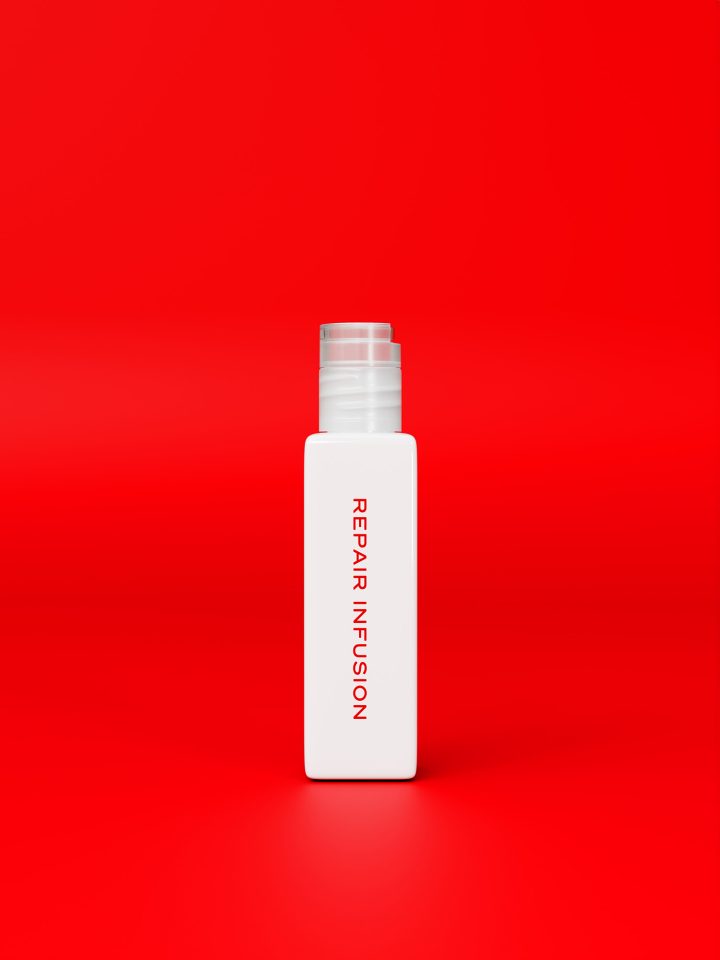What is seborrheic dermatitis of the scalp? Tips to get rid of the problem
Seborrheic eczema, also known as splenic eczema, is a common skin problem caused by a fungus. It can present as red, dry skin with scaly patches and sometimes itching. It affects both children and adults, and usually starts on the scalp. Read on to find out how to tell if you have seborrheic dermatitis and what to do about it.
What is seborrheic dermatitis of the scalp?
Seborrheic eczema is a very common form of eczema that most often occurs on the scalp. However, it can also appear on other parts of the body where there are sebaceous glands that produce oil - for example, on the chest or on the face - especially around the nose. In the vast majority of cases, seborrheic eczema is harmless and goes away on its own or with the right shampoo, but it can be very irritating and sometimes painful.
What does seborrheic dermatitis look like?
Seborrheic eczema most commonly occurs on the scalp, where it causes patches of redness and large, yellowish flakes that come off and stick to the hair. On light skin, there is a clear reddening of the skin underneath the eczema, which can be harder to see on dark skin.
Why do people get seborrheic dermatitis?
The cause of seborrheic dermatitis is actually not fully understood. However, one explanation is that it is caused by a type of yeast fungus that is found on the skin of most adults and that thrives particularly well on those parts of the skin where there are abundant oil-producing sebaceous glands. Sometimes, the fungus can produce inflammatory substances which, in hypersensitive people, can cause rashes and scaling of the skin and scalp. People with are particularly prone to seborrheic dermatitis.
How to get rid of seborrheic dermatitis?
Seborrheic dermatitis of the scalp is a common form of eczema that causes itching, redness and flaking. It is often bothersome, but there are treatments that can relieve symptoms and make it better.
Treatments vary depending on the severity of your condition. If you have mild symptoms, you can try natural remedies such as aloe vera gel or jojoba oil.
How to prevent seborrheic dermatitis?
Seborrheic dermatitis of the scalp is an inflammatory skin disease that causes itching and scaling. It is common and can be difficult to treat. However, there are several preventive measures you can take to prevent or reduce symptoms.
Wash your hair with a mild shampoo and moisturizing conditioner twice a week. Avoid shampoos containing alcohol, sulphates or other irritants. Try not to over-dry your hair with a hair dryer, blow dryer or similar. Be sure to wipe all water from your hair and skin after showering. Use a mild cream or oil on dry hair and preferably not on damp hair. Try natural alternatives such as jojoba oil, shea butter, coconut oil or tea tree oil.
How can sulfate-free shampoo help?
Seborrheic eczema is a form of dermatitis that causes itching and flaking of the skin. It is most common on oilier skin types. If you suffer from seborrheic dermatitis, it can be difficult to avoid outbreaks, but there are some things you can do to prevent them. One good method is to use a sulfate-free shampoo. Sulfates are strong ingredients found in many common shampoos and are used to make your hair feel extra clean. The problem is that they also strip away all the good natural oils that your hair and scalp need to feel good. So sulphates can make seborrheic dermatitis worse by further drying out your skin and making it more prone to inflammation. Switching to a sulphate-free shampoo can be an effective way to combat seborrheic dermatitis.
How can hair care products with natural ingredients such as shea butter and coconut oil relieve seborrheic dermatitis?
Shea butter and coconut oil are two effective ingredients for relieving seborrheic eczema. They help to retain moisture in the skin, which is crucial to counteract dehydration and irritation. In addition, they contain natural anti-inflammatory properties that can fight seborrheic eczema without further irritating the skin. Using hair care products with shea butter and coconut oil can therefore help relieve seborrheic eczema. These ingredients help restore moisture balance to the skin, reducing swelling, redness and itching. They also help to lock moisture into the skin, reducing the risk of dehydration and irritation. The products below are ideal for preventing and relieving seborrheic dermatitis.

Caring Shampoo Gentle sulfate-free moisturizing shampoo 26,00 € - available on subscription from every 7 weeks

Invisible Dry Shampoo Fresh hair instantly without product residue 27,00 € - available on subscription from every 10 weeks
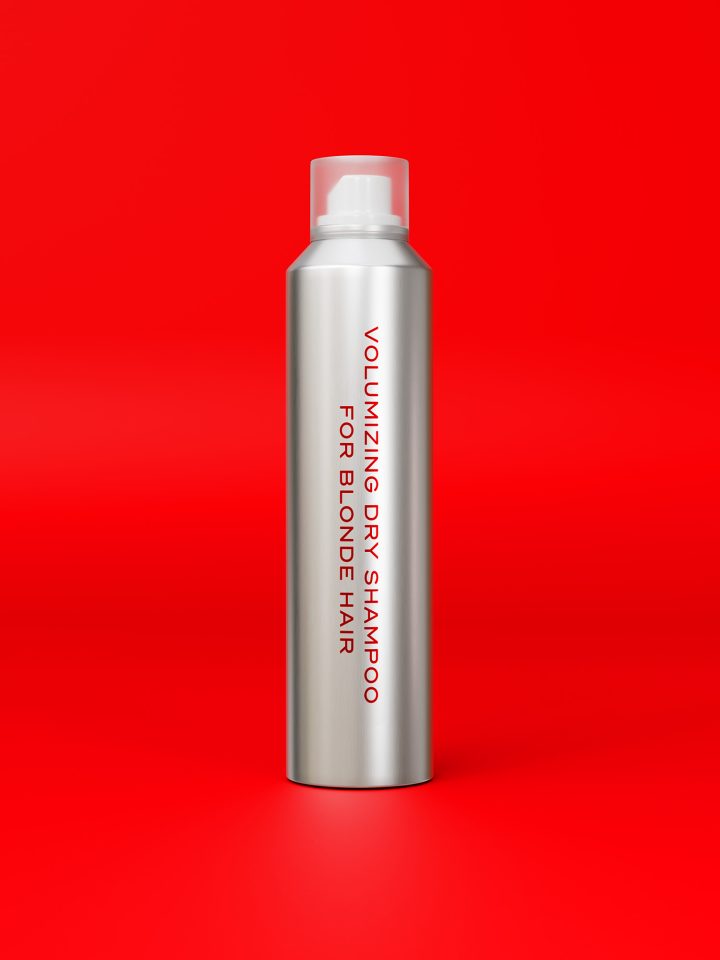
Volumizing Dry Shampoo Blonde Instant volume without irritating the scalp 27,00 € - available on subscription from every 10 weeks

Volume Infusion - Booster Volume straight from the shower without styling 30,00 € - available on subscription from every 7 weeks
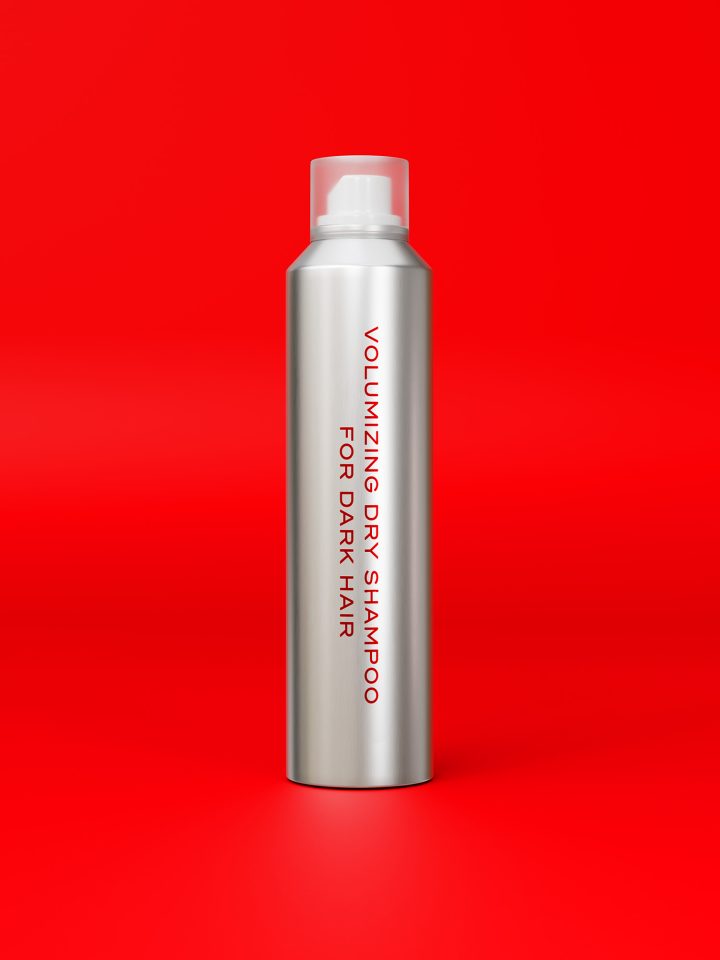
Volumizing Dry Shampoo Dark Instant volume without irritating the scalp 27,00 € - available on subscription from every 10 weeks
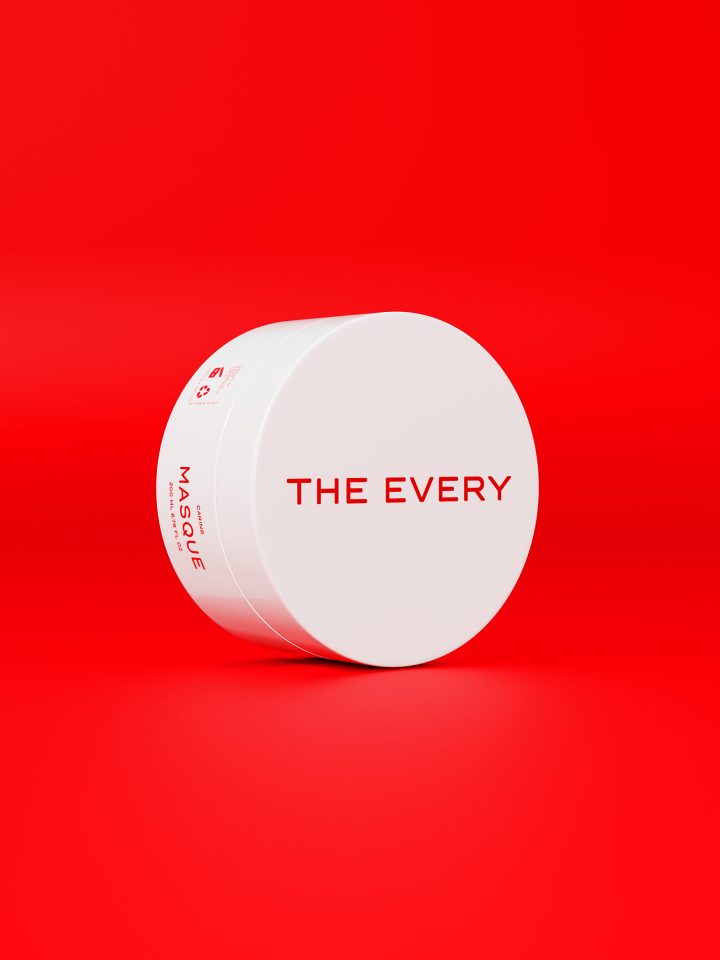
Caring Masque Intensively nourishing hair mask with shea butter 35,00 € - available on subscription from every 10 weeks
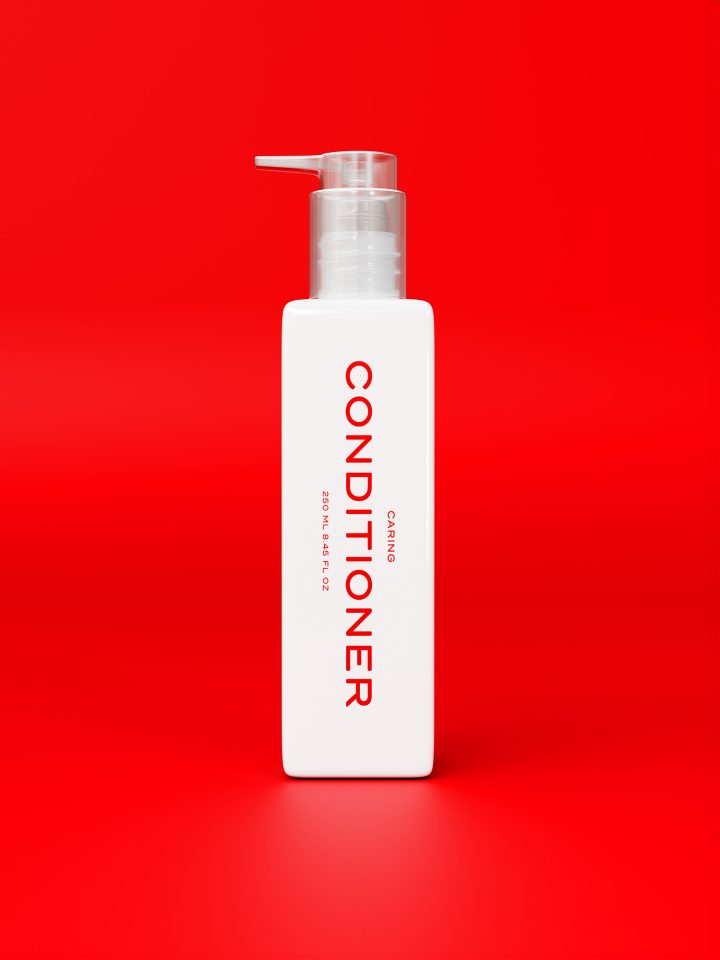
Caring Conditioner Gentle sulfate-free moisturizing conditioner 26,00 € - available on subscription from every 7 weeks
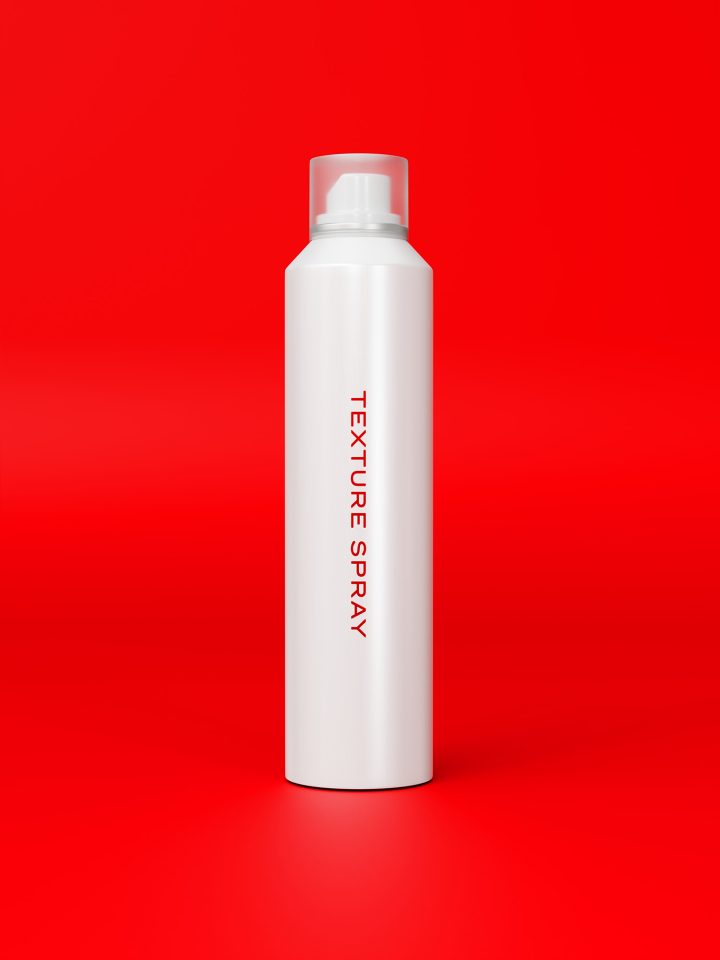
Texture Spray Instant volume without a sticky feeling 27,00 € - available on subscription from every 7 weeks
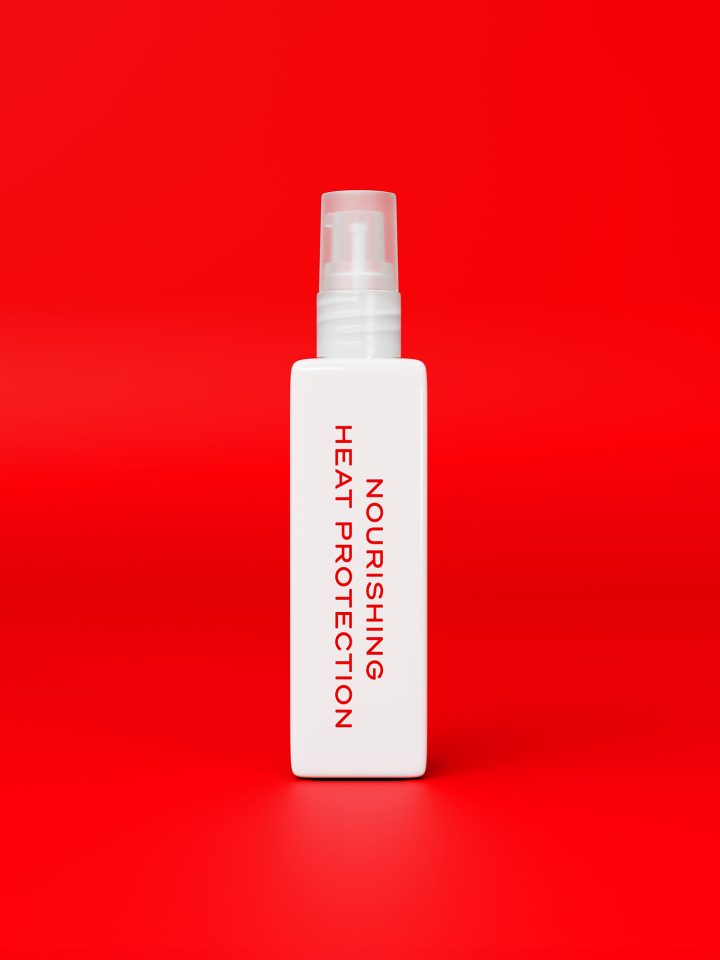
Nourishing Heat Protection Ultra-protective, nourishing leave-in cream 27,00 € - available on subscription from every 7 weeks
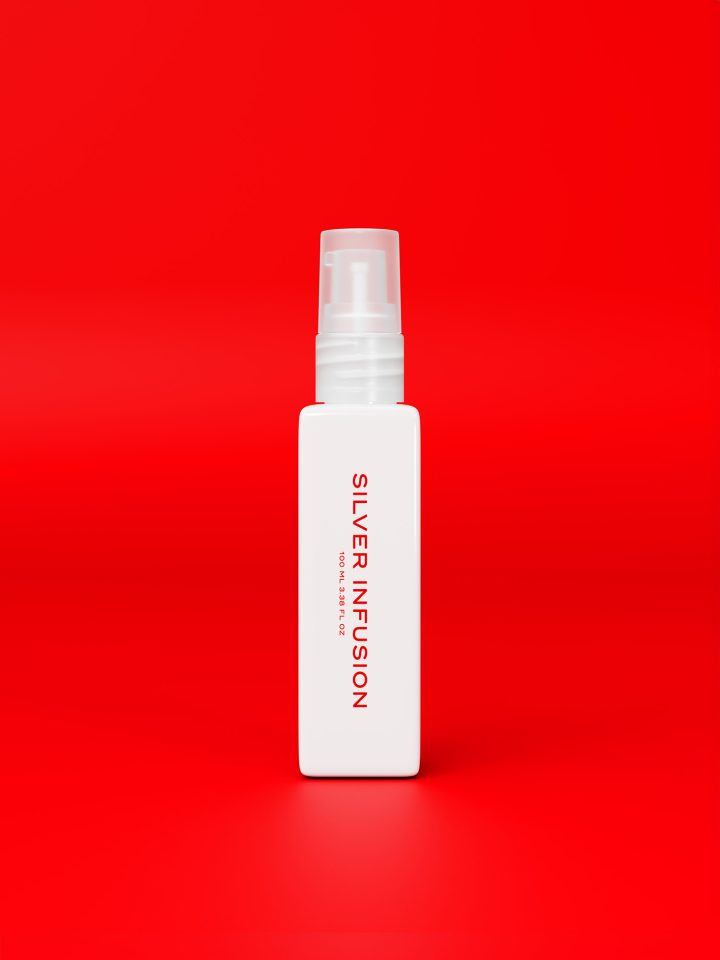
Silver Infusion - Booster Color correcting booster for cool tones 30,00 € - available on subscription from every 7 weeks
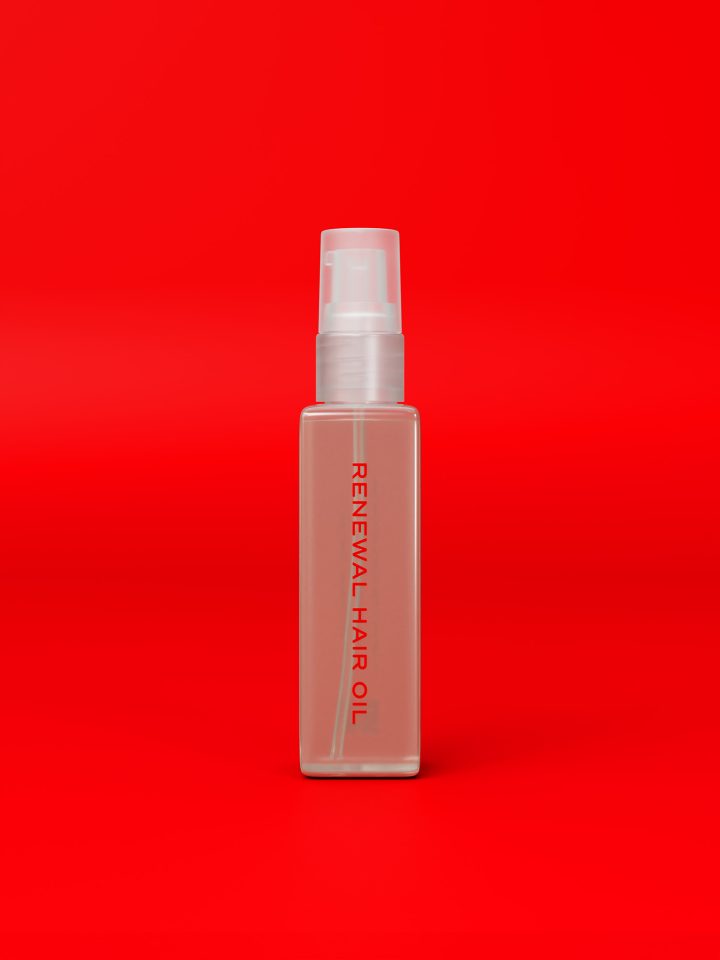
Renewal Hair Oil Nourishing & shine-giving hair oil 45,00 € - available on subscription from every 7 weeks
